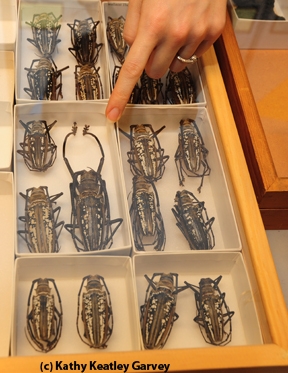
“Ooh, look at the dung beetles.”
Those were some of the comments overheard at the Bohart Museum of Entomology’s recent open house, themed “Beauty and the Beetles.”
The museum, located in Room 1124 of the Academic Surge Building on Crocker Drive, UC Davis campus, is home to nearly eight million insect specimens. And many of them are beetles (specimens) and some are walking sticks (live).
Tabatha Yang, the Bohart Museum’s education and outreach coordinator, said that beetles are “incredible diverse from the dung beetles to the shiny wood-boring beetles to the mighty Rhinoceros beetles. They are also spectacularly beautiful.”
Activities including making jeweled beetles, crafting dung beetles and other figures from clay, checking out assorted insect specimens, and holding live Madagascar hissing cockroaches, walking sticks, rose-haired tarantulas, and praying mantids.
Here's what visitors learned about dung beetles from the text accompanying the displays:
Dung beetles (family Scarabaeidae, subfamily Scarabaeinae) are found worldwide. They
- Feed on dung, usually mammal dung, but some species can also feed on decomposing plant material or carrion
- Are found in many habitats, including desert, forest and, farmland
- Have a sensitive sense of smell and use it to find dung
- Have an expanded clypeus (area on front of face, above labrum)
- Aid in nutrient recycling and soil structure; beetles removing dung from livestock areas remove habitats for potential pests such as flies.
Fun fact: Ancient Egyptians associated dung beetles with the god of the rising sun, who would roll the sun away at night
The next event at the Bohart Museum is...drum roll..."The December Event." It's set from noon to 3 p.m., Saturday, Dec. 7. “Come look at our collection, hold live insects and browse our gift shop,” said Lynn Kimsey, director of the Bohart Museum and professor of entomology at UC Davis.
Said Yang: “We will have some Oh, My! drawers pulled (called “Oh, my” because that’s what visitors say when they first see them), and live animals to hold."
Attendees can test out Lizard Island, a new ecological videogamebeing developed by Budding Biologist (http://www.buddingbiologist.com/about.html), an educational publishing company owned by Kristine Callis-Duehl, a post-doctoral associate housed in the Department of Entomology and Nematology. This game is loosely based on ecological research being conducted by Louie Yang, assistant professor in the UC Davis Department of Entomology and Nematology. Walter Hsiao, the video game developer, will be on hand to answer questions about game design.
Hsaio earlier designed a fly fishing simulation game that included input from Louie Yang and Sharon Lawler, professor in the UC Davis Department of Entomology and Nematology: http://www.flysim.com/flysim/flysim_features.html
The Bohart Museum, housing nearly eight million specimens, is the seventh largest insect collection in North America. It is also the home of the California Insect Survey, a storehouse of insect biodiversity. Noted entomologist Richard M. Bohart (1913-2007) founded the museum in 1946.
The year-around gift shop (also online) offers t-shirts, jewelry, insect nets, posters and books, including the newly published children’s book, “The Story of the Dogface Butterfly,” written by UC Davis doctoral candidate Fran Keller and illustrated (watercolor and ink) by Laine Bauer, a 2012 graduate of UC Davis. Naturalist Greg Kareofelas of Davis, a volunteer at the Bohart, also provided some of the photos for the 35-page book. It's geared toward kindergarteners through sixth graders, but is for all ages.
Bohart officials host weekend open houses throughout the academic year. Upcoming open houses are:
Sunday, Jan. 12
Theme: "Snuggle Bugs"
Hours: 1 to 4 p.m.
Saturday, Feb. 8
Theme: "Biodiversity Museum Day"
Hours: Noon to 4 p.m.
This event will be held in conjunction with the Museum of Wildlife and Fish Biology, Herbarium, Botanical Conservatory, Anthropology Collection and Geology and will take place at each of those locations. (All are free and open to the public.)
Sunday, March 2
Theme: "Garden Heroes!"
Hours: 1 to 4 p.m.
Saturday, April 12:
Theme: “UC Davis Picnic Day: 100 Years”
Hours: 10 a.m. to 3 p.m.
Sunday, May 4
Theme: "Moth-er's Day"
Hours: 1 to 4 p.m.
Saturday, July 26
Theme: "Arachnids: Awesome or Awful?"
Hours: 1 to 4 p.m.
The Bohart Museum’s regular hours are from 9 a.m. to noon and from 1 to 5 p.m., Monday through Thursday. The insect museum is closed to the public on Fridays and on major holidays. Admission is free. More information is available from Tabatha Yang at tabyang@ucdavis.edu or check out the website. Those who would like to join the Bohart Museum Society, a campus and community support organization dedicated to supporting the mission of the museum, can do so by accessing http://bohart.ucdavis.edu/html/about_society.html.
Attached Images:
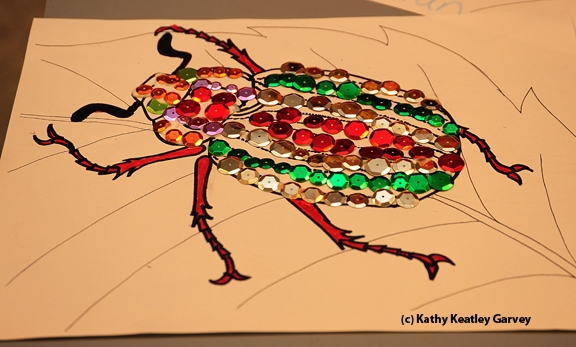
A jeweled beetle, part of the arts and crafts activity. (Photo by Kathy Keatley Garvey)
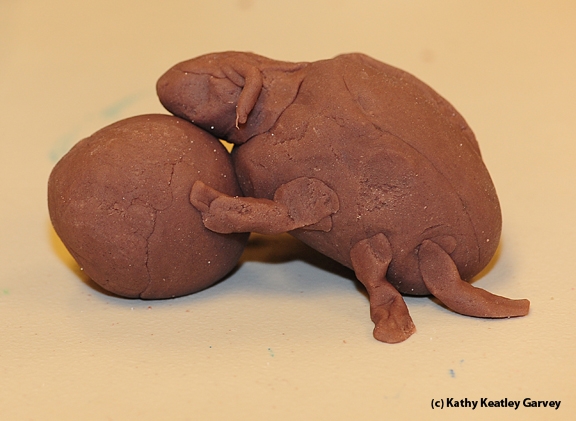
A dung beetle and dung, crafted at the Bohart Museum. (Photo by Kathy Keatley Garvey)
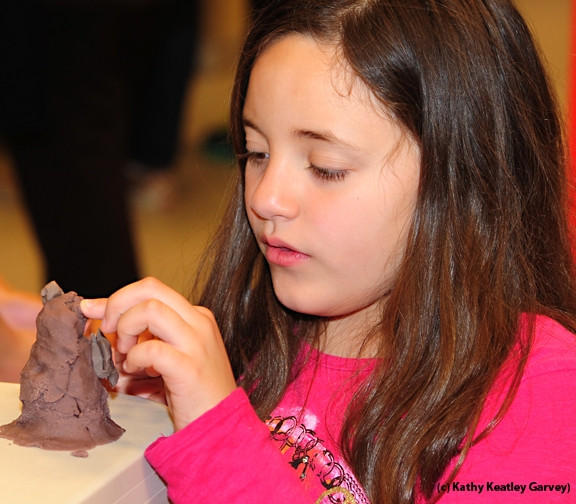
Ally Estrada, 10, of Vacaville, works with clay. (Photo by Kathy Keatley Garvey)
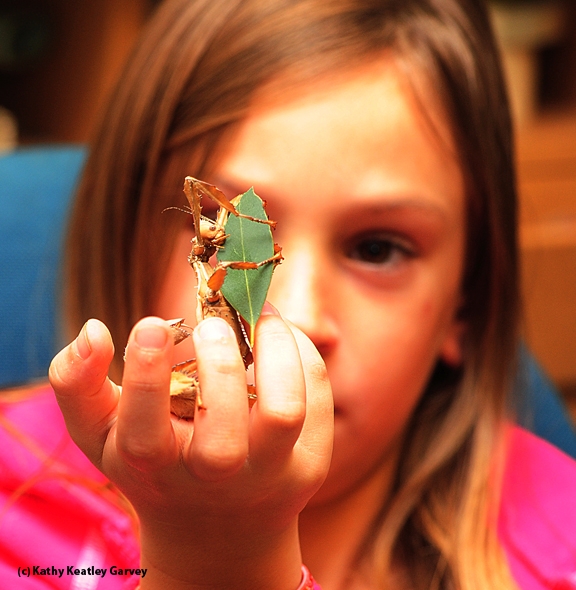
Mollie Bressler, 10, of Vacaville feeds a leaf to a walking stick. (Photo by Kathy Keatley Garvey)